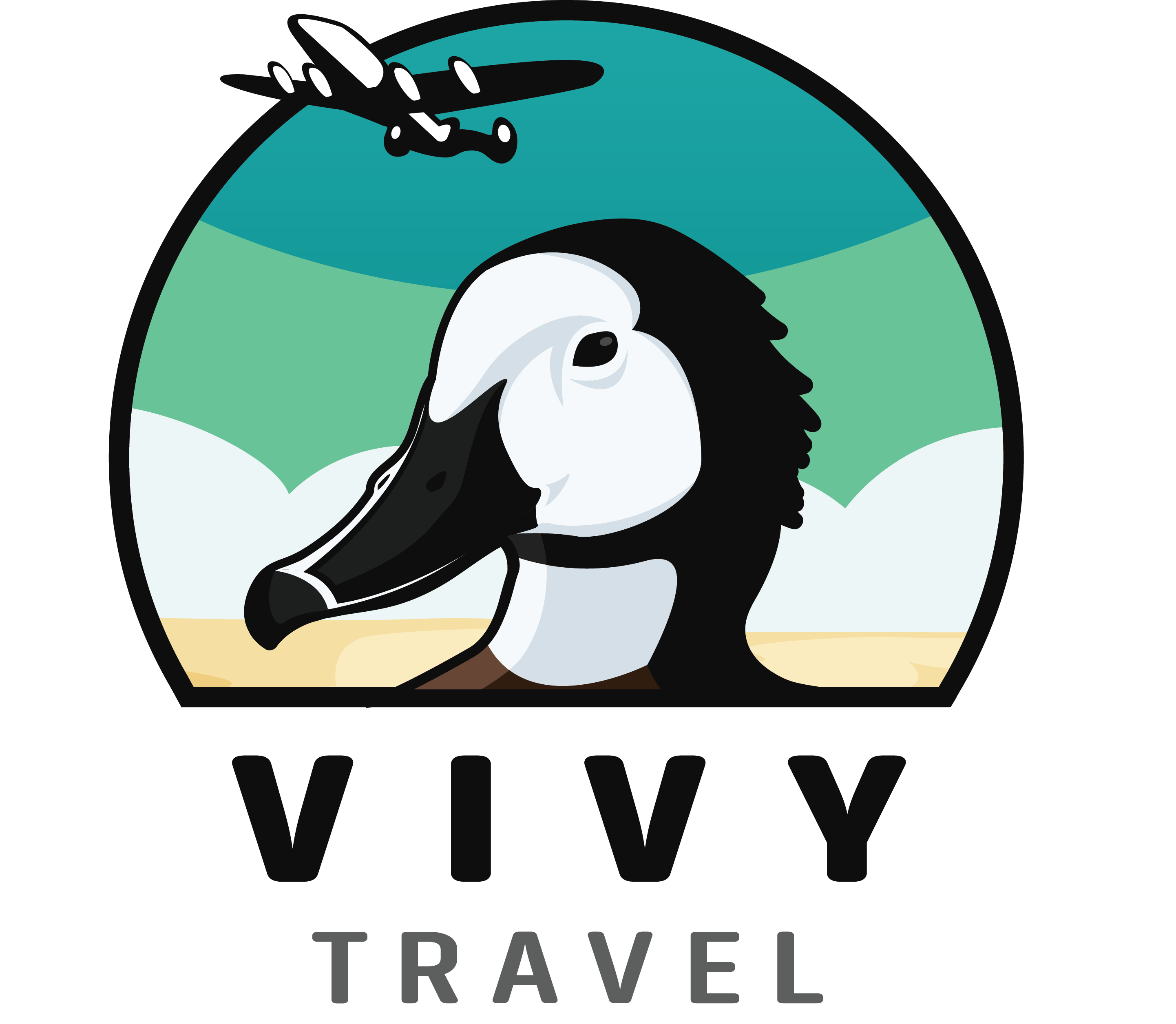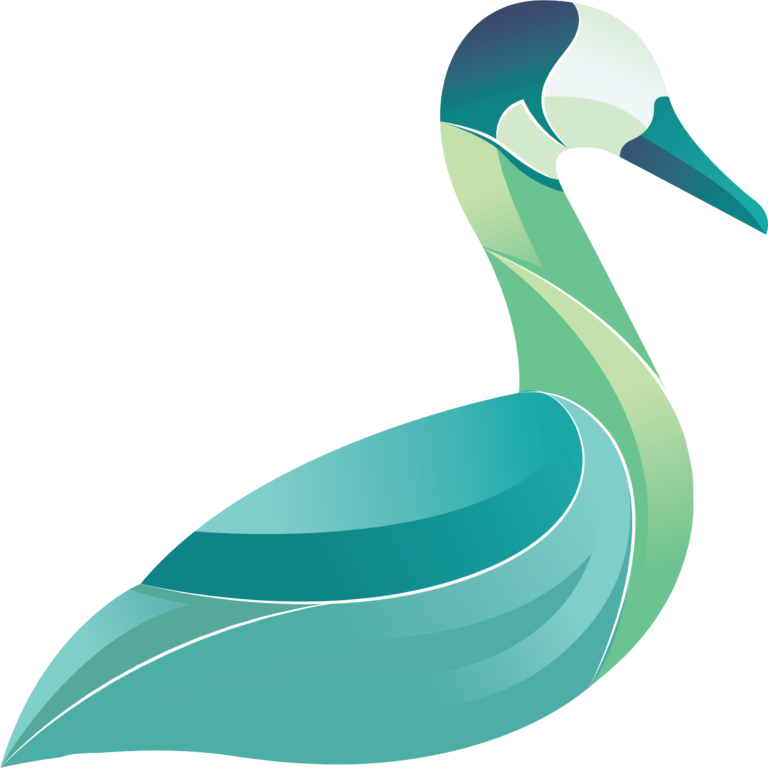
You may have heard of Manakara. If not, get ready to be enchanted by this beautiful city—one of the largest on Madagascar's south-east coast. Connected to Fianarantsoa by a scenic road and the famous FCE train line (Fianarantsoa-Côte Est), Manakara is a must-visit destination.

Every week in the southwest of Ambalavao, an unmissable event takes place: the zebu market. One of the largest in Madagascar, it draws hundreds of traders, herders, and curious onlookers who come to witness this lively spectacle at the heart of rural traditions.
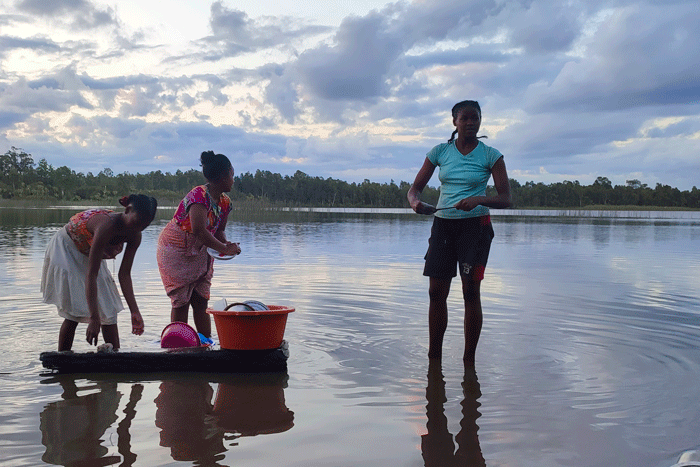
Are you planning a trip to Madagascar and wondering how to stay connected throughout your stay? This article is specially written for those who, like us, prefer to buy a local SIM card at the airport rather than relying on often expensive international options. Whether you're traveling for business or exploring the natural wonders of the Big Island, staying connected for navigation, contacting loved ones, or booking services is essential. Let’s explore the best options for using your phone in Madagascar.
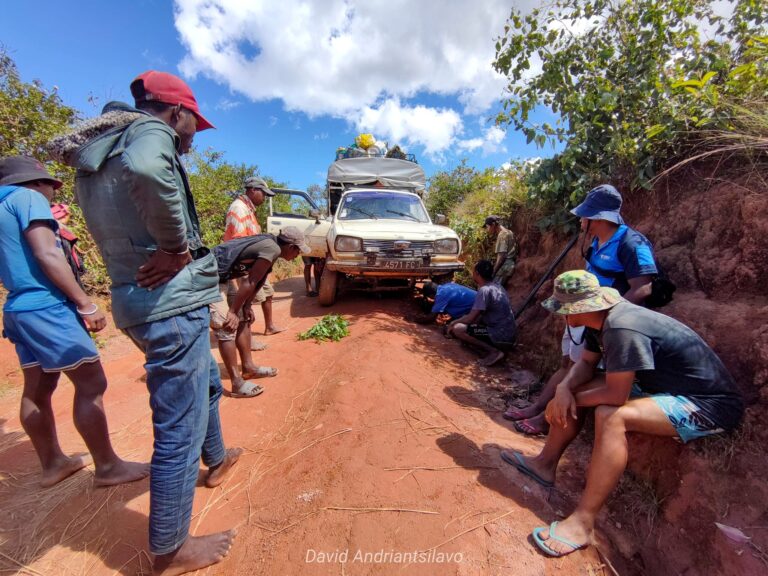
Did you know that Madagascar’s ethnic diversity is the result of centuries of cultural and social exchanges between populations from distant lands? This blending has shaped the island’s identity, creating deep physical, cultural, and social distinctions.
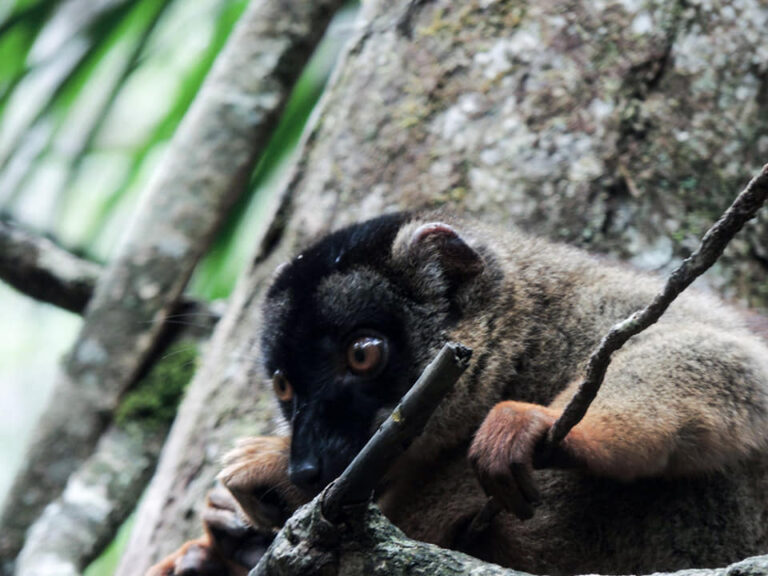
Just 60 kilometers from Antananarivo, nestled in the heart of the Mandraka Valley, Saha Maintsoanala stands out as a must-visit destination for all nature lovers. This ecosystem spans 26 hectares of natural forest, where the wildlife and flora of eastern Madagascar thrive. If you're looking for a getaway that combines discovery, relaxation, and environmental respect, Saha Maintsoanala is the perfect place for an ecotourism adventure.

Today, let’s explore the Vezo territory, a region where the sea and land seem to blend in perfect harmony. With its paradisiacal beaches and a coral reef stretching over 100 km, this coast is dotted with picturesque fishing villages, surrounded by dunes and savannah, all under the watchful presence of majestic baobabs. Here, you can enjoy dishes of fresh fish and lobster, a delicious alternative to the traditional zebu meals.
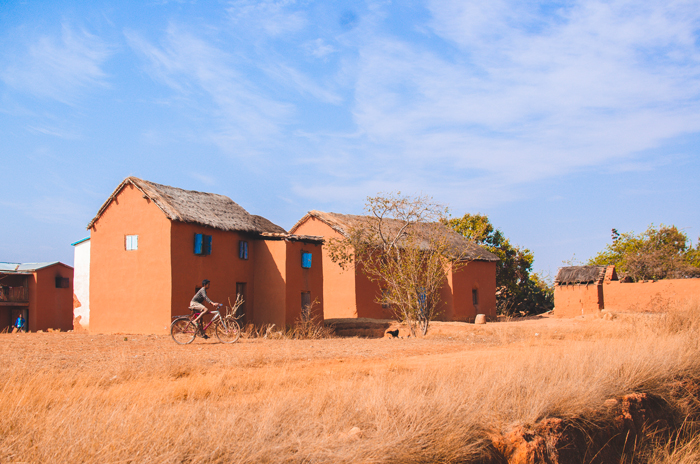
Until its prohibition in 1863 by King Radama II, the Tanguin was used by the Malagasy in court judgments. The accused, forced to drink a decoction of this highly toxic nut, faced a tragic choice. Those who survived were declared innocent, while those who did not were considered sorcerers and denied burial. Each year, thousands of innocents died in this way, victims of a ruthless justice system.
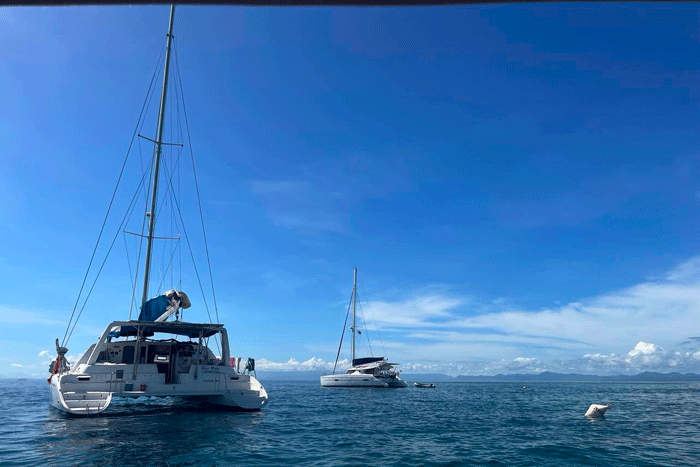
When planning your trip to Madagascar, it is essential to consider your safety and well-being. Many travelers often overlook the importance of good insurance. Yet, in the event of an emergency, having adequate coverage can make all the difference.
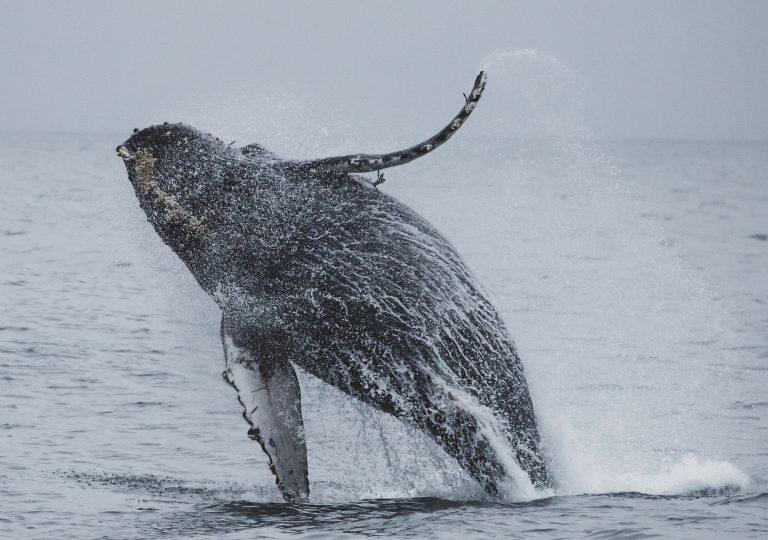
Madagascar’s 4,800 km of coastline is home to some of the most fascinating and diverse marine species in the world. Whether you're a seasoned diver or simply curious about the ocean, the waters surrounding this island offer a rich treasure trove of marine life waiting to be discovered.
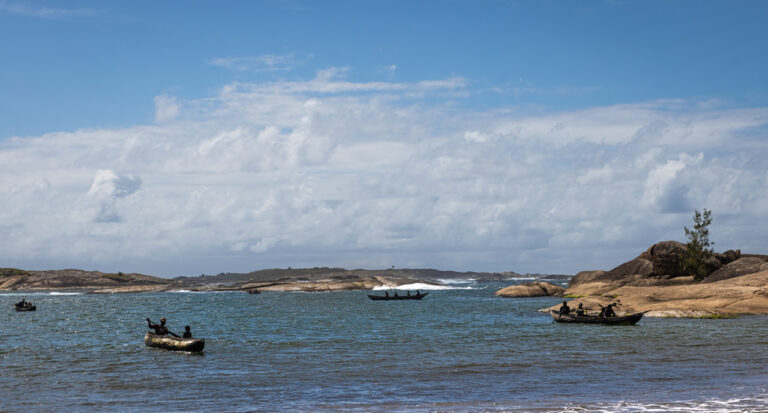
Lokaro Bay, nestled 40 km from Fort-Dauphin, is one of Madagascar’s natural wonders that deserves to be explored. If you haven’t visited it yet, now is the perfect time to add it to your itinerary and treat yourself to an unforgettable experience.

